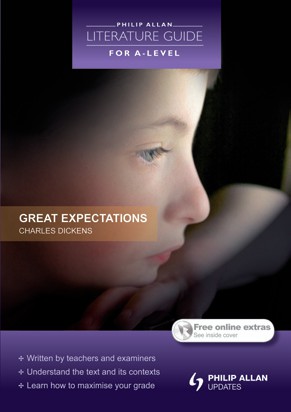
The Grade booster article in the last issue of THE ENGLISH REVIEW looked at ways of exploring the effects of your chosen writer’s decision to select a specific form or genre. Here Nicola Onyett shows you how to begin to think about analysing texts in terms of their structure or organisation. Asking yourself how it is that Victorian novels tend to be studded with narrative cliff-hangers and dramatic climaxes, for instance, or why the on-stage action of one play may play out in real time while another spans months or even years, can provide you with enormous insights into the writer’s craft.
The structure of a text is the way it is organised and refers to how patterns and connections link together across the whole body of work. Some obvious examples of how specific text types can be internally structured include novels written in volumes and chapters, plays written in acts and scenes and poems written in stanzas or verses. To really understand the notion of structure you need to investigate how individual texts cohere or hold their shape, and the ways in which writers bind together the interrelated elements that go together to make up whole texts.
Your organisation does not have access to this article.
Sign up today to give your students the edge they need to achieve their best grades with subject expertise
Subscribe




